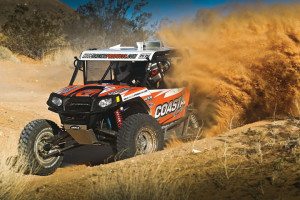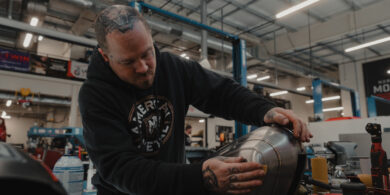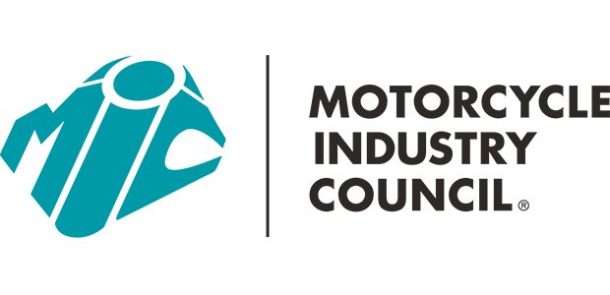The business of UTV racing
As side-by-sides become more capable, interest in racing grows
At the genesis of the UTV craze in 2003, when the Polaris Ranger and Yamaha Rhino were the pioneers of the segment, any gearhead worth his salt could feel the potential of these utility-meets-sport vehicles from behind the wheel. With go-anywhere ability, a proper roll cage and decent handling, the OEMs and aftermarket were quick to pounce on the possibilities of this groundbreaking segment with vehicles and products that continually leap-frogged the performance of the preceding generation. Fast-forward 10 years and a new industry has emerged, creating a wide variety of racing classes from coast to coast along the way.
An electronically governed top speed of 42 mph in the Rhino, which once seemed generous, pales in comparison to the 70-plus top speeds of today’s Polaris RZR XP 900 and Arctic Cat Wildcat 1000 and their wildly capable long-travel suspensions. This dramatic progression mirrors the breakneck evolution of a segment that has shaken up the powersports industry, kept countless aftermarket shops in the black and injected new blood into off-road racing.
As illustrated in a recent Powersports Business cover story, “$5,000 in Accessories on One Unit?”, side-by-sides, which typically range in price from $8,000 to nearly $20,000, are major profit centers for dealers, OEMs and aftermarket shops that enable owners to further enhance their capabilities and personalize the vehicles in infinite ways. ATVs or dirt bikes have never been so profitable, before or after the sale.
An arms race
While the Rhino was once the sporty leader of the segment, competing manufacturers quickly caught up and eclipsed the former UTV poster child. Now that momentum has shifted first and foremost to Polaris, with Arctic Cat, Kawasaki and Can-Am playing second fiddle.

As Brice Ginn, DragonFire Racing’s sales and marketing manager, said, “It’s Polaris, Polaris, Polaris” that has dominated the category with its wide range of RZRs. In the racing community, Arctic Cat’s Wildcat is in the chase as well, along with Kawaski’s Teryx and the Can-Am’s new Maverick. Persistent rumors suggest that companies that have sat on the sidelines or been passed by the competition are anxious to get in the game and take a bite out of the leaders’ market share.
Many performance-biased side-by-sides can be raced with only minor modifications, like a roof and five-point safety harnesses, making the stock vehicles an easy, relatively inexpensive way for customers to race for their first time — also aided by the implied security of a roll cage. Advanced racing classes require much more modifications, including everything from more power, stronger tires and race-ready suspension components.
That’s where the aftermarket and manufacturers’ PG&A catalogs come into play. Depending on the level of commitment and the difficulty of the terrain, racers can spend far beyond the original purchase price adding accessories to their race-bound UTVs.
As sales have increased and aftermarket options have multiplied, new classes have been added to long-standing racing series like the East Coast’s Grand National Cross Country (GNCC) and the West Coast’s World Off-Road Racing Championship Series (WORCS). Smaller, local side-by-side racing series have also sprung up in all corners of the country, adding racer entries after the economic downturn kept many would-be dirt bike and ATV racers at home.








